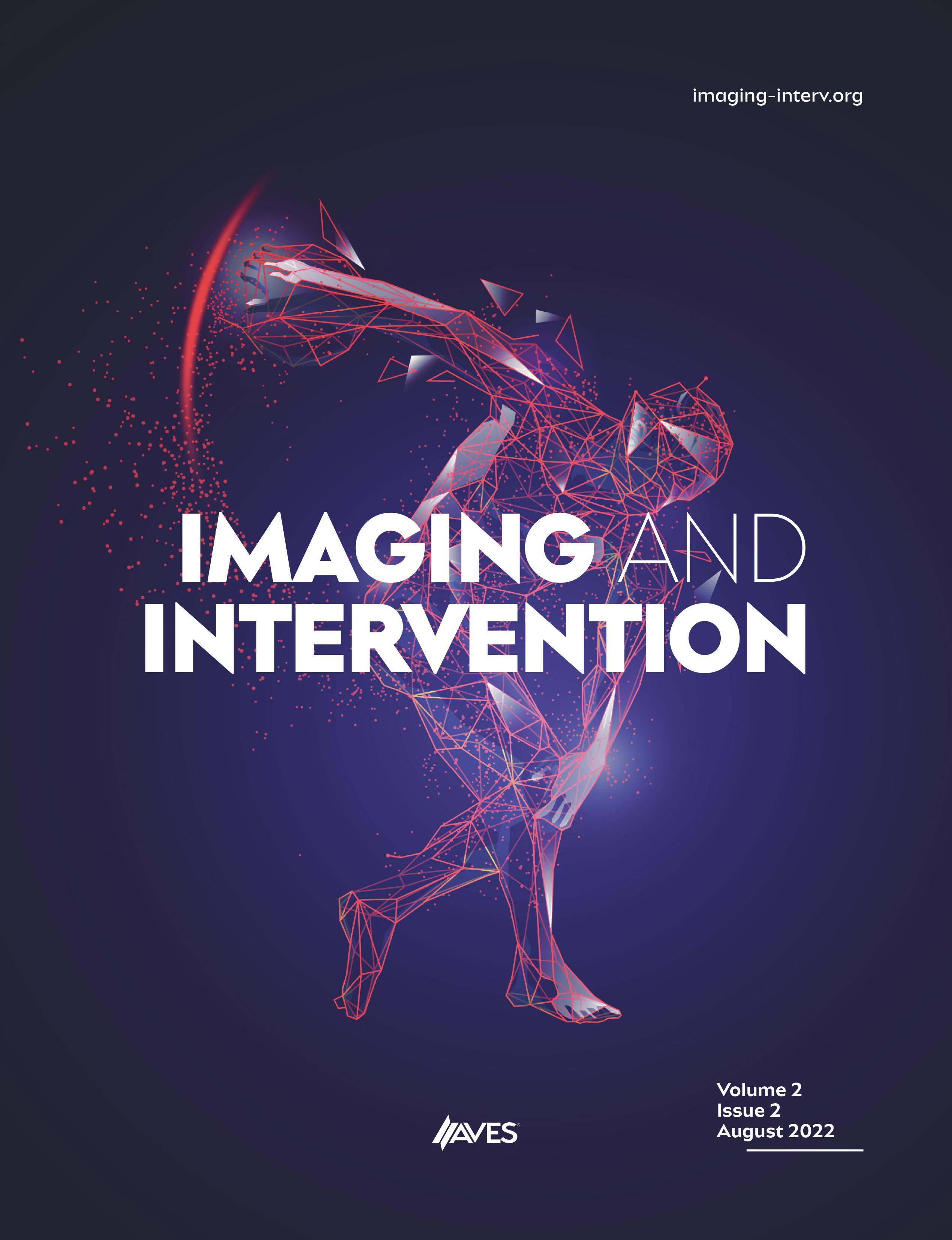Most studies have focused on treatment options and timing without consideration of pathophysiology of stroke pattern in intracranial stenosis. Hypoperfusion stroke has different pathophysiology compared to embolic or perforator patterns of stroke, and the same approach to treatment may not work. Medical management alone may not be the best option for the treatment of hypoperfusion stroke, and these patients may benefit more from early stenting. Higher periprocedural risk in early percutaneous transluminal angioplasty and stenting can be seen in acutely symptomatic intracranial atherosclerotic stenosis as a result of plaque destabilization, while the risk of stroke recurrence may be higher in patients with watershed stroke treated with medical therapy alone. We report 4 patients who presented with symptomatic high-grade intracranial stenosis with imaging features of acute watershed infarction who underwent early percutaneous transluminal angioplasty and stenting. Although few studies have advocated early stenting, larger studies are needed to confirm the role of early angioplasty and stenting in acutely symptomatic patients with intracranial atherosclerotic stenosis presenting with hypoperfusion stroke.
Cite this article as: Raghuram K, Chaudhary RK. Early balloon angioplasty and stenting along with aggressive medical management in patients with intracranial stenosis showing watershed pattern of stroke. Imaging Interv. 2022;2(2):23-26.


